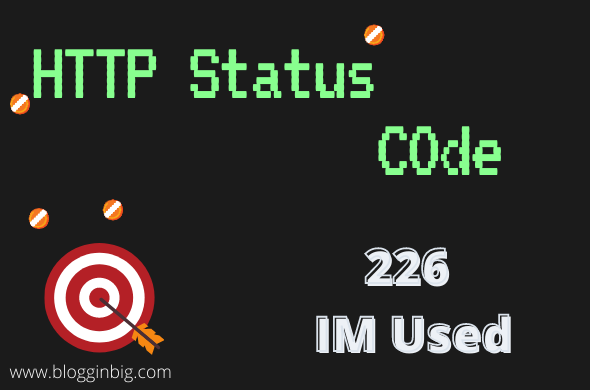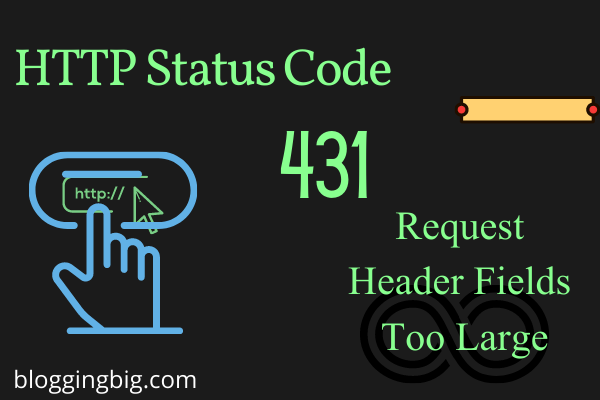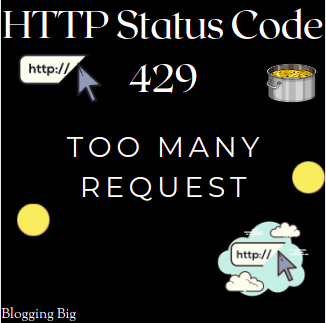HTTP status code 226 IM used response code indicates that the server successfully handled a GET request for the resource, and the response is a representation of the outcome of one or more instance manipulations performed on the current instance.
IM stands for Instance Manipulation.
The present instance may not be available unless this answer is combined with other prior or future responses, as suitable for the instance manipulation. If this is the case, the headers of the resulting instance are created by merging the headers from the 226 response and the other instances, as described in section 13.5.3 of the HTTP/1.1 standard.
An A-IM header field specifying at least one instance modification MUST have been provided in the request. The answer MUST contain an Etag header field with the current instance’s entity tag.
Subject to the HTTP expiry mechanism and any Cache-Control headers, a response with a status code of 226 may be cached and utilized in response to a future request.
A cache may construct a cache entry for the current instance using response with a status code of 226 in combination with a cache entry for the base instance.
226 IM Used is used by a specific extension of the HTTP protocol. The extension enables an HTTP server to transmit updates to the client’s resources.
A client (such as a browser) may, for example, have a cache for a certain resource. It’s also got an ETag on it. The ETag will be included when a client wishes to see if there has been an update (in an If-None-Match header).
If the resource has changed on the server, the server will often transmit the full new resource back. However, it’s possible that just a tiny portion of the resource changed, and sending back the entire new version would be a waste.
Navigation
Example of Status code 226 IM Used
This is a client who has a cached version of a resource and requests the most recent version:

The client informs the server that it supports the patch formats vcdiff and diffe, as well as gzip compression.
This is what a supporting server may say in response:

Usage
HTTP Delta Encoding appears to be a helpful, general protocol enhancement. In some respects, it works in the opposite direction of the PATCH technique, which is also quite popular.
It also works in the same way as HTTP Range Requests. A server will respond with 206 Partial Content when a client requests a range.
However, I’ve never seen this functionality implemented in the wild, and I’m not sure why. A Google search for this status turns up just articles about HTTP statuses but no implementations.
Developers that want functionality like this will very certainly resort to alternative methods. Instead, I can see APIs providing a?since= query parameter to do the same thing.
226 CODE REFERENCES
Rails HTTP Status Symbol :im_usedSymfony HTTP Status Constant Response::HTTP_IM_USEDRelated Post
HTTP Status Code 101-Switching Protocols
HTTP Status Code 205 Reset Content
HTTP Status Code 300-Multiple Choices
HTTP Status Code 204 – No Content
HTTP Status Code 203 – Non-authoritative Information
HTTP Status Code 207 Multi-Status
HTTP Status Code 208 Already Reported
FAQs
What does 226 IM Used mean?
The 226 IM response code indicates that the server successfully handled a GET request for the resource, and the response is a representation of the outcome of one or more instance manipulations performed on the current instance.
Reference: RFC3229 – Delta Encoding in HTTP.
Conclusion
I hope this article was able to help you with your doubts and queries related to the HTTP status code 226 IM Used. Still, if there are any queries related to this topic, feel free to ask in the comment section, we would be happy to assist you. Thank you.





Kedar Dangal
Making a difference, Adding the sum.